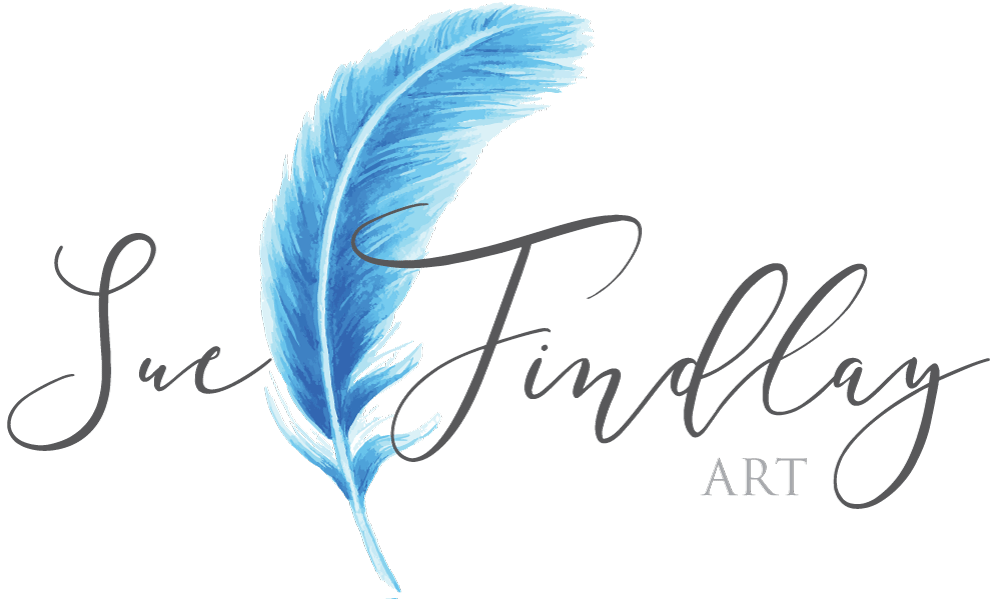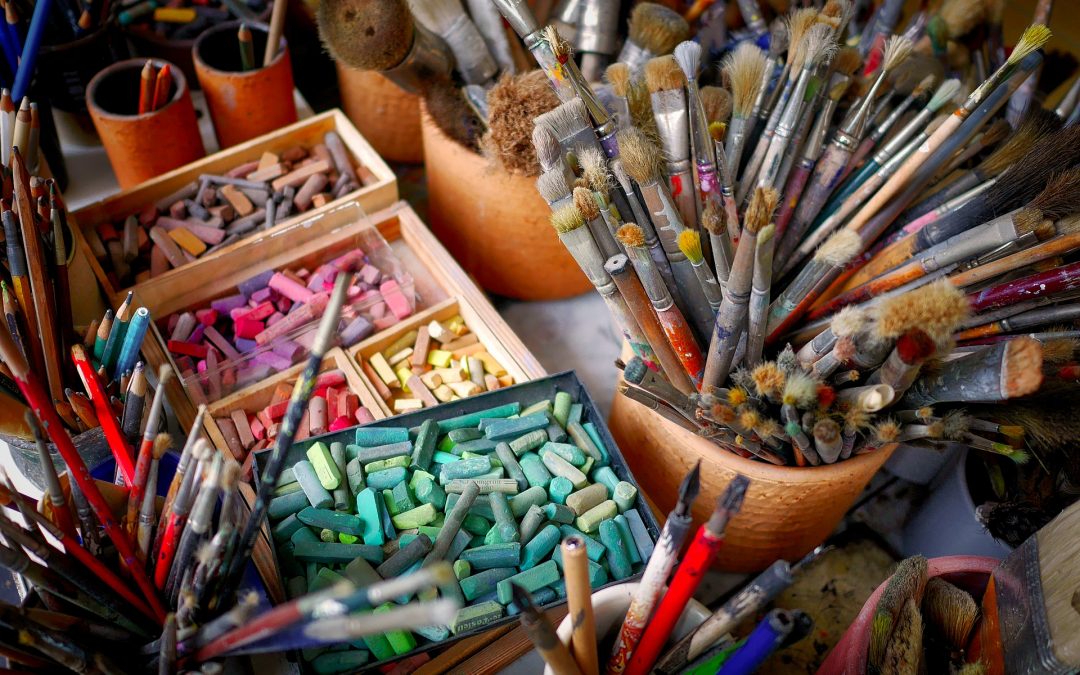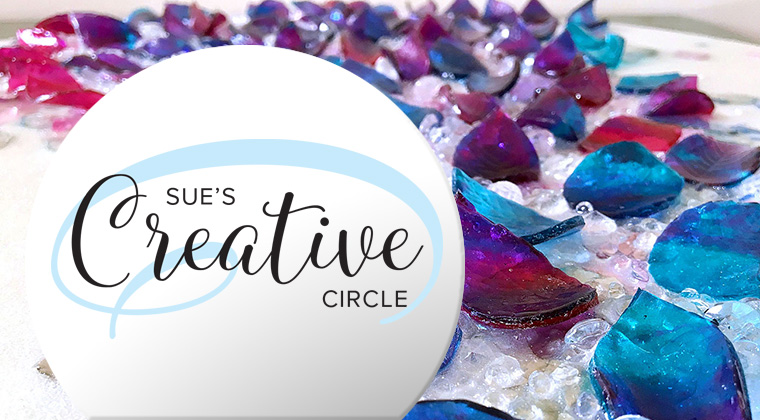Before we get into the details, I want to share how I came up with my Pricing Strategy.
Three years ago, I had left my job as a graphic artist in a signwriting company to pursue my dream of becoming a full-time artist.
I had no idea how I would go about it but knew I was determined to make it work.
I was very fortunate that a friend offered me some wall space in her photography studio to show off my art, and almost immediately, I started making sales.
At that point, I wasn’t sure if I had got my pricing right; however, the sales were coming in, and I was happy. It was after a comment from a customer that I decided to delve deeper into my pricing. She had commented that my work was very cheap. I pointed out that I was an emerging artist, and she responded by saying, “so what you’re saying is, I best get this now before your prices go up?”
So like many artists before me, I had to decide on where my prices should lie.
Trying to price your art can be very daunting. It is the most asked question I get in my Facebook Group.
Are you a hobbyist or professional artist?
Before we begin, we first have to work out if you are running a hobby, a business or something in between.
How do you see yourself? Take a look at the statements below to see in which category you belong:
Hobbyist
A hobbyist is someone who creates art for the pure fun of it. They are not looking to make money from their handcrafted items but do it for personal therapy and enjoyment.
Inbetweener
An inbetweener is someone who is looking to get just enough money for their products so that they can replenish their supplies and continue to create art.
Professional Artist
A professional artist is someone who wants to sell their art to make a profit. They usually want to give up their 9-5 job and start an Art Business.
I am assuming you have come to this page because you are serious about making money from your art and are looking to turn your hobby into a profitable business. Many people, myself included, have struggled or are struggling to price their work. A lot of that comes down to how you see yourself and what you think you are worth. A shift in your mindset and seeing the value in the work that you produce can make all the difference. Remember that you create unique items that are not massed produced in China and are not available in mainstream shops.
If you feel your prices are too high for your local marketplace after following the pricing strategy, you will have to look at alternative ways to bring in revenue to offset your costs. Teaching your craft, selling prints or other merchandise related to your art are great ways to supplement your income.
Use this strategy as a guide to see where your business and pricing is standing and use it to make decisions on the best plan of action for you.
If you don’t know your costs, how will you know if you have a profitable business?
Different Approaches to Pricing
Size Based Formula
Pricing your art based on the size and creating a formula is one of the most popular pricing methods. If you search online, you will see that many artists will price their artwork based on size. For instance, pricing per square inch is the most popular method; you take the dimensions of your art and times it by your price per square inch.
For example – You have a 16 x 20-inch canvas, and you want to charge $2 per square inch. To calculate this, you would take the length, times it by the height and then times it by two (16 x 20 x 2); this would give you a price of $640.
You may think this gives you a reasonable price for your original artwork; however, have you calculated how many of these you have to create and sell per month to provide yourself with a wage? Can you produce that amount per month?
For many, this can be a wake-up call. You might realise that you can only produce a maximum of 2 pieces a month and that receiving $1280 a month will cover your outgoings and not leave you enough for bare essentials.
I want to add at this point; this is where having multiple streams of income can help cover your outgoing costs, allowing you to price your art competitively. I will go into ideas for different income streams in another post.
So while this method of pricing is a quick way for you to calculate your initial prices, it is not one that I recommend long term.
Cost-Based Pricing
Cost-based pricing is another popular way to price your art, and it is one that I used to use—calculating the cost of your materials and multiplying it by a figure of your choosing.
I used my materials x 4.5; this not only covered the cost of my materials but added in a commission rate of 30% for placing my work into galleries. I also felt it gave me enough money to cover my time to create the piece.
I no longer use this method because I was guessing if this was enough to cover all of my outgoings, things like web hosting, insurance, gallery rent and, of course, the material costs.
Calculating Your Costs
Drilling down and working out the costs to run your business is vital to turning your art business into a profitable business. So in this section, we are going to look at the bottom line of your business. What do you need to make each month before you even put paint to canvas?
Fixed Costs or Overheads?
Your fixed costs or overheads is the amount you have to pay each month even if you don’t sell an item. They are usually the same each month and don’t change from one month to another. These will include things like your web hosting, public liability insurance or studio rent. If you use space in your home, you can calculate a percentage of your home outgoings and attribute it to your overheads.
Other items to factor in include things like your computer, printer and scanner. These are things you don’t need to replace often; however, they don’t last forever and are essential for the smooth running of your business. I would recommend calculating how much it would cost to replace these items and dividing the total cost by 60—giving you a monthly expense over replacing your goods over five years.
Variable Costs
Your variable costs will change each month depending on how much you produce and the materials it takes to make each item. These costs will include raw materials, packing materials, printer ink, office supplies and shipping costs etc.
Labour Costs
How much do you want to earn per hour?
How long does it take to create each of your items?
How many can you make a month?
Now is the time to work out how long it takes to create your art. Keep track of the time it takes and keep a log of how many you can make. Calculating how many you can make per month is going to be crucial for pricing your art.
Calculating Your Cost of Goods Sold (COGS)
Now you need to calculate how much it costs to create each of your artworks. The cost of goods sold will vary from product to product. For instance, like me, you may make wall art and free-standing sculptures. The process and products used are different, so the cost of producing them will vary also.
Pricing Formulas
Once you have calculated your total costings, you can then move forward to pricing your art. The formulas are not set in stone and are a guide to help you get your pricing structure right. If you feel the end price is relatively high, we need to look at your mindset and perceive yourself. How much do you value your time?
Wholesale Price
No matter what business you are running, you always need to calculate your wholesale price, even if you don’t plan to sell your work at wholesale prices. Calculating your wholesale price gives you your minimum cost per artwork and includes a small profit. I recommend that you never sell your work for less than your wholesale price.
Wholesale Formula
Method 1 – Cost (Overheads + Material Costs + Labour) x Markup = Wholesale Price
Choosing your markup cost is going to depend on how you see yourself and your art. The most popular markup cost is multiplying your costs by 2. Although, if you are starting, you may want to start by multiplying your costs by 1.5, and as your artworks sell and you become more known, you can increase it to 2 or even 2.5 or 3.
Method 2 – Cost (Overheads + Material Costs) x Markup + (Labour x Lower Markup) = Wholesale Price
If you feel marking up all of your costs, just a little bit too much, you can split them to markup the overheads and material costs separately from the labour costs. A suitable method if you are starting.
Retail Price
Once you have calculated your Wholesale Price, it is then time to calculate your Retail Price. Your retail price will be the same, regardless of whether it is on your website through a gallery. The usual method for coming up with your retail price is to multiply your Wholesale Price by 2. However, the amount you choose comes down to the perceived value of your art. Are you aiming for the high-end retail market and plan to sell through galleries, or do you produce large quantities of art, like resin cheese boards and are aiming for the lower end of the retail market and aim to sell at markets?
However, you decided to calculate your prices, always make sure you have all your bases covered. Working out your costs may come as a shock; however, if you don’t know how much you need to sell your art, it can be the difference between having a successful business or giving up on it.
Download your Free Copy: http://bit.ly/ArtPricingStrategy
Join my members’ only club, Sue’s Creative Circle (https://bit.ly/suescreativecircle) and get access to all of my exclusive video tutorials.


